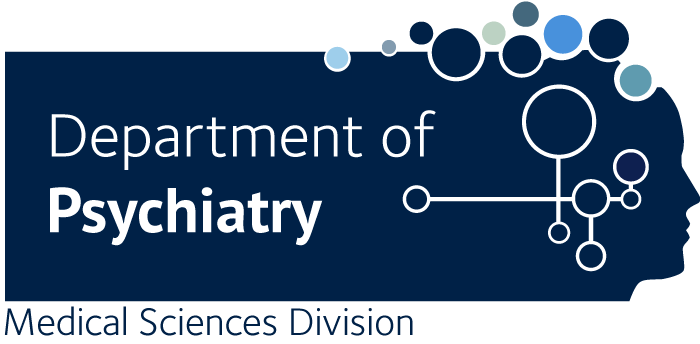The role of the electroencephalogram (EEG) in determining the aetiology of psychosis: a systematic review and meta-analysis of diagnostic test accuracy.
Fanshawe JB., Lawrence R., Ghanem DA., Pauli L., Whincup R., Salter E., Sargent BF., Evans L., Jasani I., Oliver D., Hutchinson J., White S., Carter B., David AS., Lewis G., Zandi MS., Rogers JP.
BACKGROUND: Psychosis is a transdiagnostic condition which can manifest as part of many disorders including those of primary psychiatric origin, or secondary to a medical condition. This study aims to systematically review and quantify the diagnostic accuracy of electroencephalography (EEG) in identifying people with psychosis secondary to a medical condition. METHODS: A comprehensive search strategy was implemented across multiple databases. Inclusion criteria specified observational human studies with a minimum of 20 participants experiencing psychosis who underwent EEG. The reference standard was the final clinical diagnosis. Two reviewers independently assessed article inclusion using predefined eligibility criteria. Data were extracted by two blinded reviewers. A bivariate meta-analysis was conducted to model the correlation between sensitivity and specificity. FINDINGS: The search strategy yielded 8688 results, of which 38 were eligible. The main diagnostic test accuracy meta-analysis found that the sensitivity (i.e., the proportion of patients with secondary psychosis who had an abnormal EEG) was 0·71 (95 % CI 0·61-0·80) and the specificity (i.e., the proportion of patients with primary psychosis who had a normal EEG) was 0·67 (95 % CI 0·58-0·74). The area under the receiver operating characteristics curve was 0·67, corresponding to poor discrimination. The pattern for each of the specific EEG abnormalities was a low-moderate sensitivity and high specificity. INTERPRETATION: EEG demonstrates poor discrimination in identifying a secondary psychosis. Specific EEG abnormalities exhibit potential diagnostic value, encouraging more detailed reporting standards. While EEG alone does not definitively distinguish psychosis aetiology, its integration with clinical assessment may enhance diagnostic precision.

